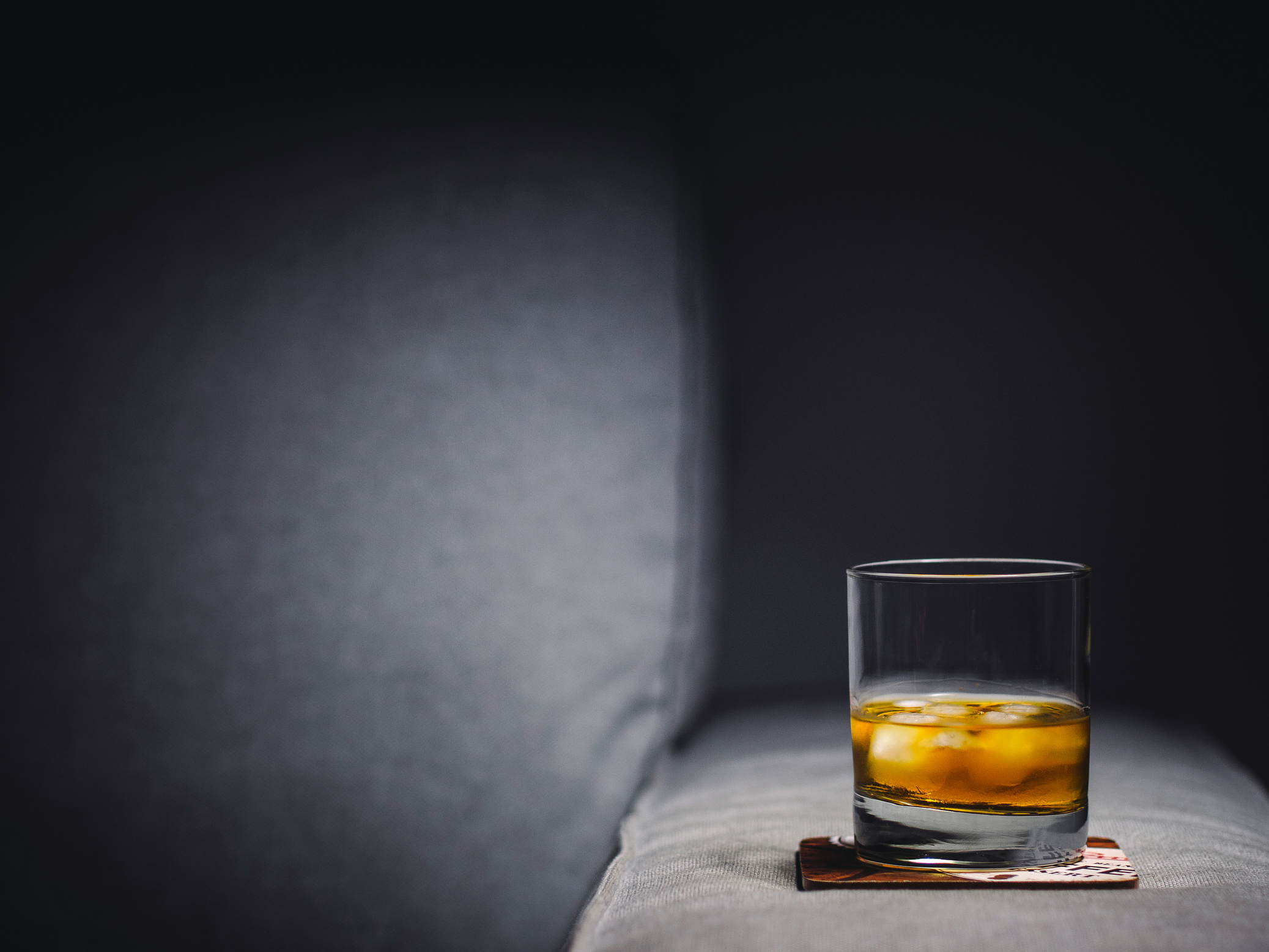
What is Alcohol Use Disorder?
Alcohol use disorder (AUD) is a medical condition characterized by an inability to stop or control alcohol consumption despite negative social, occupational, or health consequences. It includes the conditions known as alcohol abuse, alcohol dependence , alcohol addiction, and the common term, alcoholism.

Risk Factors
The amount, frequency, and speed with which a person consumes alcohol influences his or her risk of developing AUD. Other factors that increase the risk of AUD include:
- Drinking at an early age.
- According to a recent nationwide survey, those who started drinking before the age of 15 were more than three times more likely to report having AUD in the previous year. The risk is greater for women than for men.
- Genetics and family history of alcohol problems.
- Heritability accounts for roughly 60% of AUD risk.
- Mental health conditions.
- A variety of psychiatric illnesses, including depression, post-traumatic stress disorder, and attention deficit hyperactivity disorder, are associated with an increased risk of AUD.
- History of trauma.
- People who have experienced childhood trauma are also vulnerable to AUD.
- Social and cultural factors
- Having acquaintances who consume alcohol frequently may increase the risk of developing an alcohol use disorder. Parents, peers, and other role models can have an impact on risk for young individuals.
Epidemiology
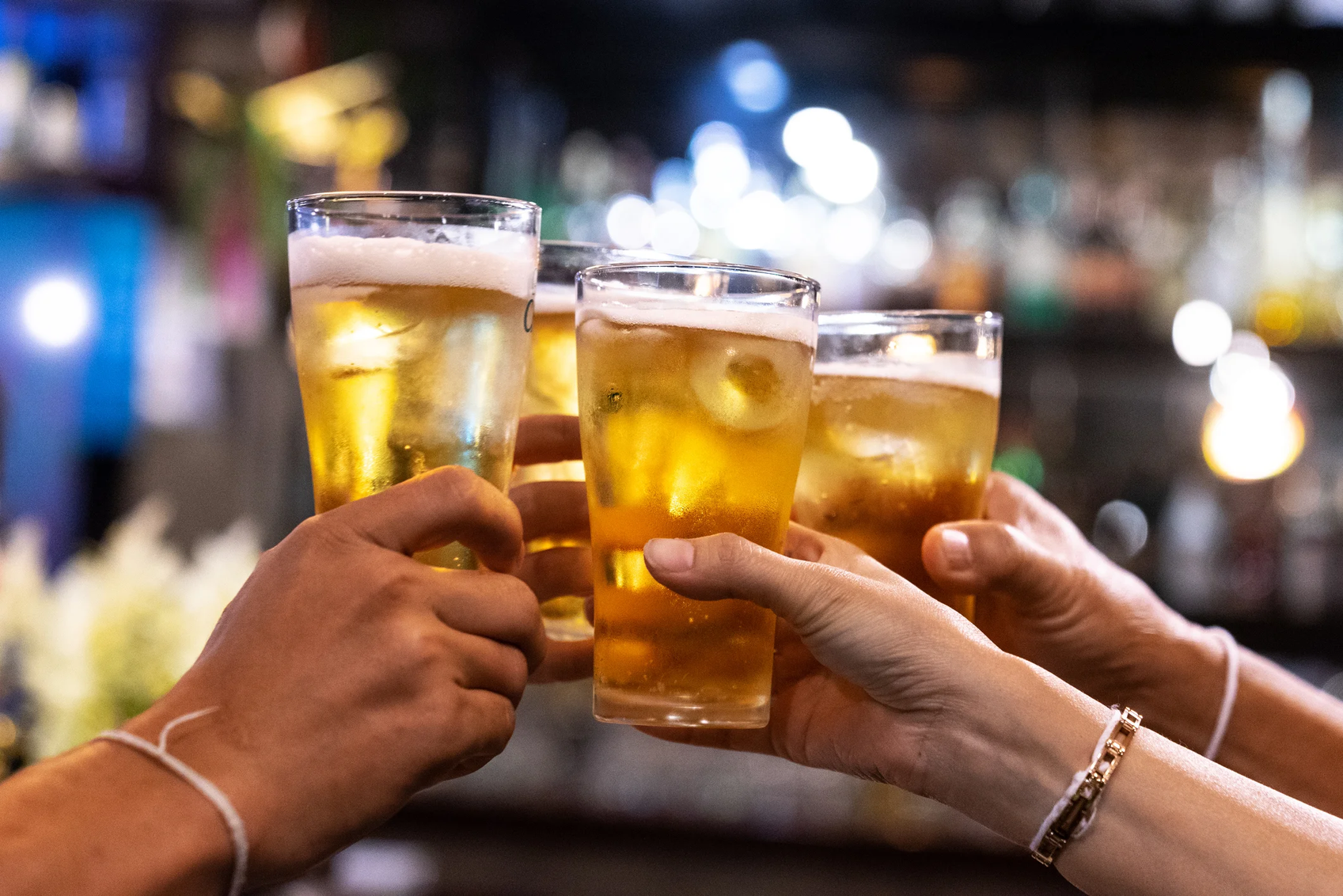
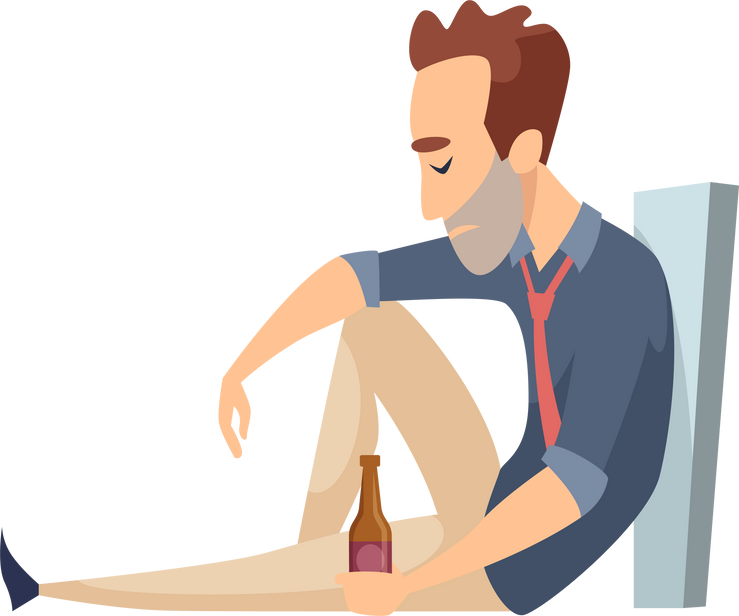

- Alcohol consumption contributes to 3 million disabilities, morbidities and mortality each year globally
- contributing 5.1% of the global burden of disease.
- It is the leading risk factor for premature mortality and disability in ages 15 to 49 years old
- accounts for 10% of all deaths in this age group.
- WHO estimates that nearly 140 million people worldwide suffer from alcohol dependence.
- 7.1% global burden of disease for males while 2.2% for females
- Men are 3x more likely to be alcoholic than women
Epidemiology

- Locally, 9% of the Philippines population aged 15 years old and older (estimated at 86 million) have an alcohol use disorder.
- 25% of males and 8.3% of females are heavy episodic drinkers.
- A DOH survey during the pandemic revealed, Alcohol usage was high, with 4 out of 10 Filipinos (40.1%) saying that they had consumed alcohol in the last 30 days prior the survey.
- Males used alcohol more than women, with 51.4% of males and 28.9% of women
- 33.1% adult Filipinos reported drinking 6 or more glasses in a single drinking occasion.
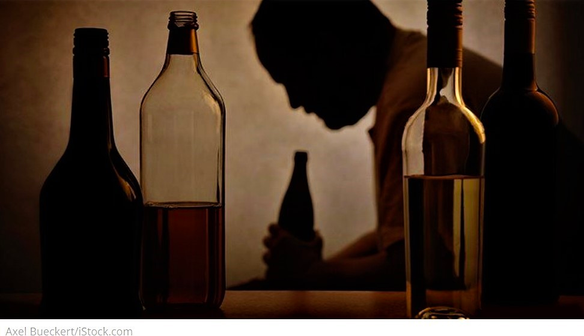
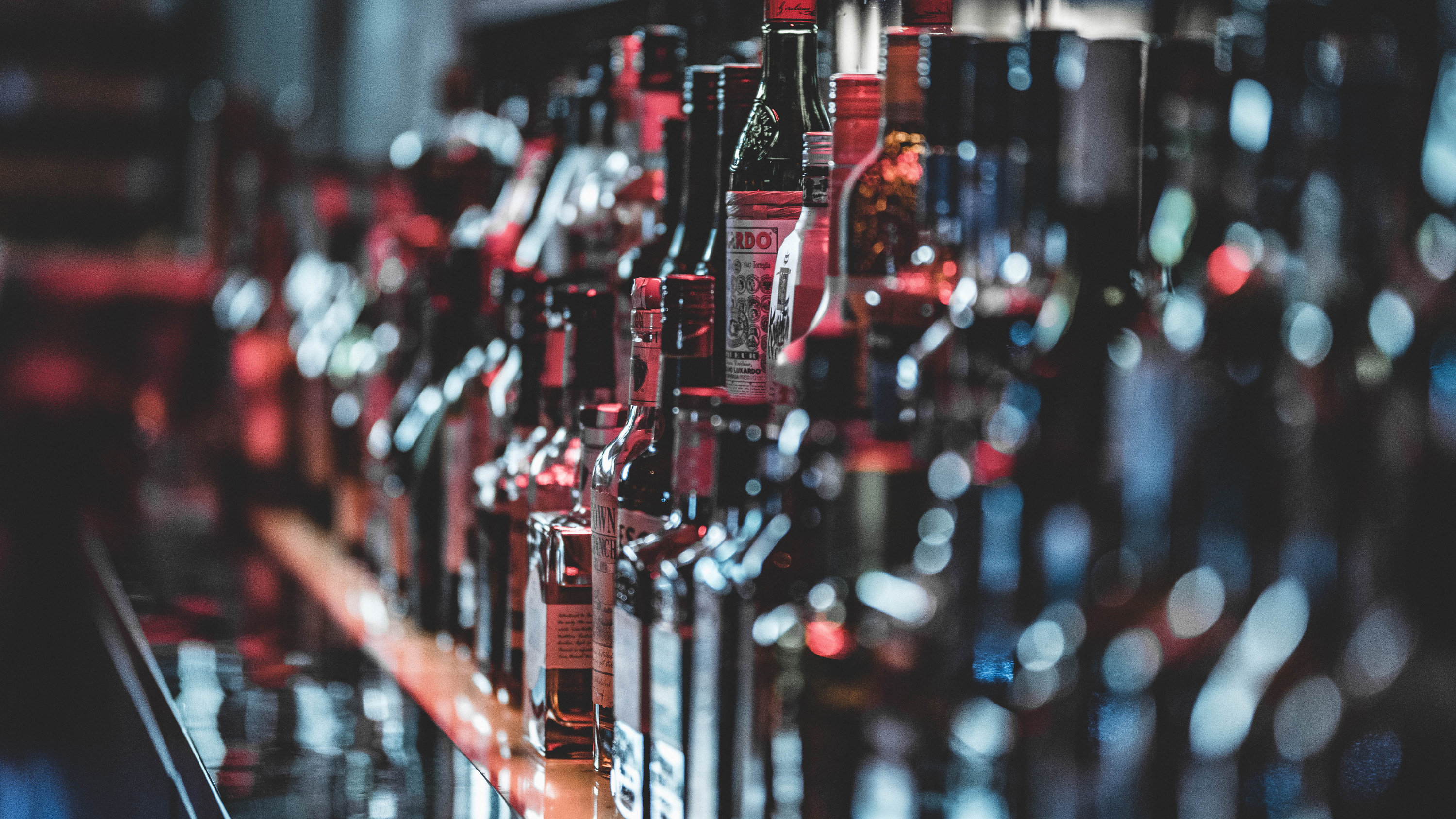
Clinical Manifestations
Drinking large amounts of alcohol than what was intended
Craving to always drink alcohol

Having difficulty to stop drinking alcohol
Having difficulty to do responsibilities due to alcohol use
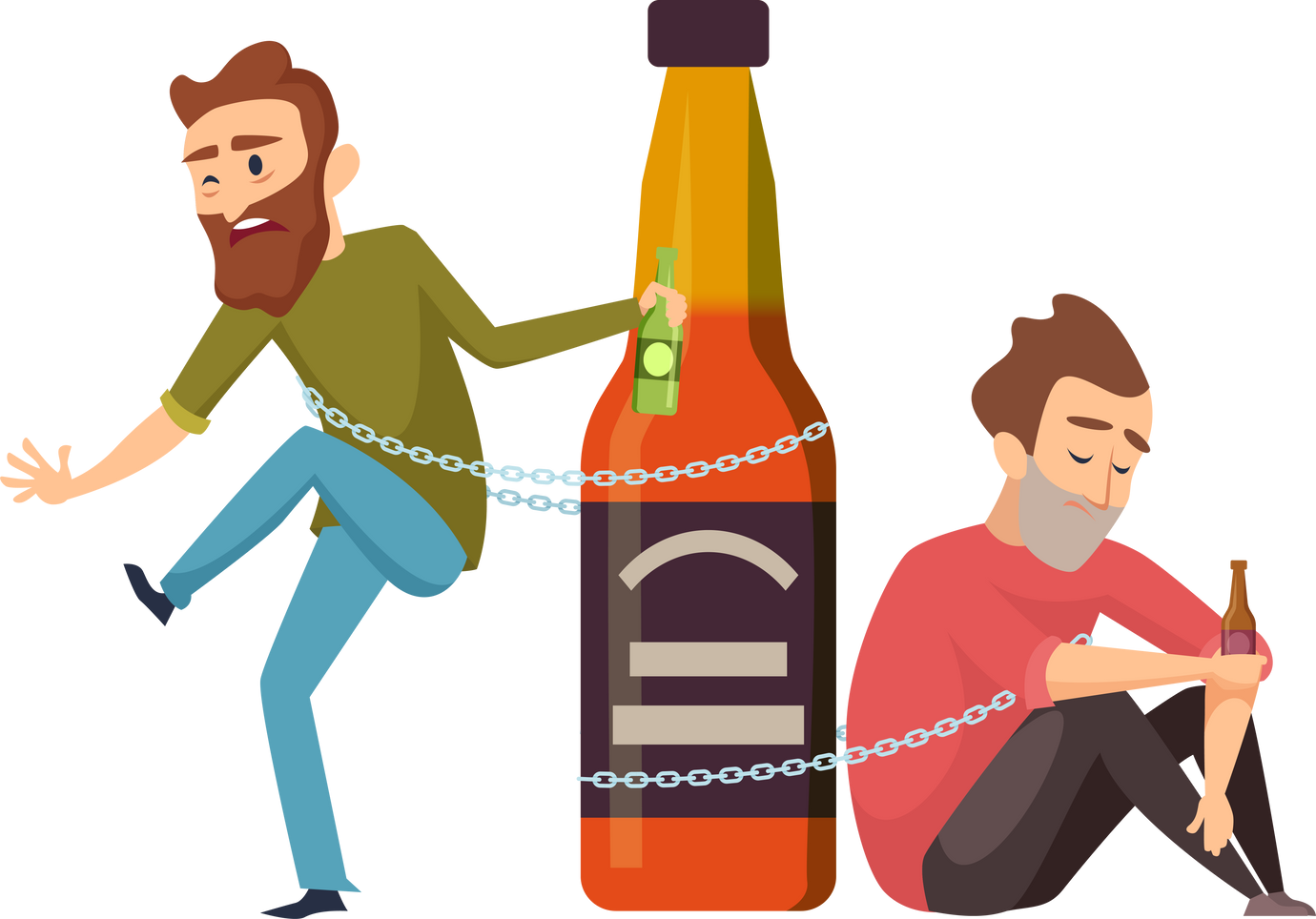

Clinical Manifestations
Inability to stop alcohol drinking despite knowing its effects on the body
Having the need to drink more alcohol to achieve its effect
Continuous alcohol drinking despite having problems on relationships with loved ones and friends
Developing withdrawal symptoms (e.g. anxiety, headaches, and sweating)
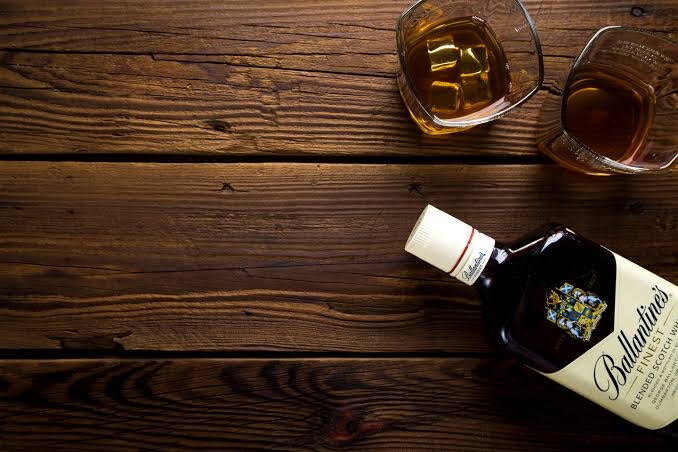
Fact
Alcohol increases the level of stress that is placed on the body. Adrenaline levels increase in the body as we drink. We may feel more relaxed when we drink alcohol, but the body actually comes under additional stress.
Myth
ALCOHOL IS A GREAT WAY TO RELAX AND REDUCE STRESS

Myth
Fact
ALCOHOL IS NOT AS HARMFUL AS OTHER DRUGS
Alcohol increases your risk for many deadly diseases, such as cancer. Drinking too much alcohol too quickly can leads to alcohol poisoning, which can kill you
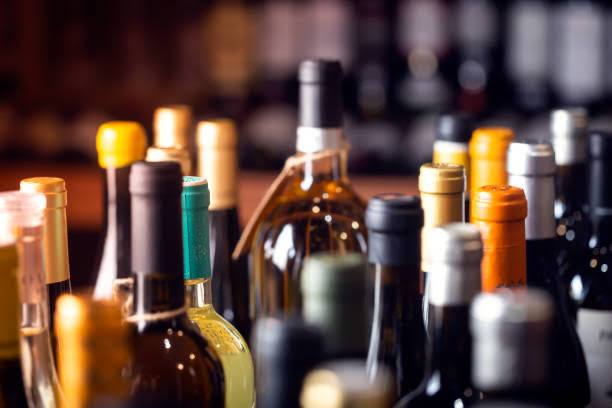
Myth
Fact
ALCOHOL IS A STIMULANT
Alcohol is a central nervous system depressant. Although the initial effects of alcohol may be euphoric and seem stimulating, the cumulative effect of alcohol actually depresses the brain.

Myth
ALCOHOL USE DISORDER IS A CHOICE
Fact
People often think that addiction is a choice. People choose whether to drink but no one chooses to become addicted. In fact, addiction is the opposite of choice. Many people with alcohol use disorder want to stop drinking but can’t. That’s the essence of addiction.

Myth
BEER AND WINE ARE SAFER THAN LIQUOR
Fact
Alcohol is alcohol, it can cause problems no matter how it is consumed. One 12-ounce bottle of beer or a 5-ounce glass of wine has as much alcohol as a 1.5 ounce shot of liquor.
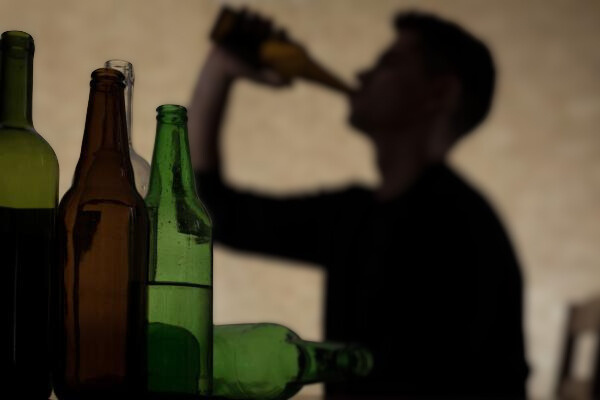
How is alcohol use disorder treated?
Treating someone with Alcohol Use Disorder (AUD) involves different approaches such as medications as well counselling and behavioral therapy. See your healthcare provider for an evaluation and an individualized treatment plan.
The core of treatment for AUDs involves maximizing motivation for abstinence, helping the person restructure a life without alcohol, and minimizing relapse to substance-using behaviors.
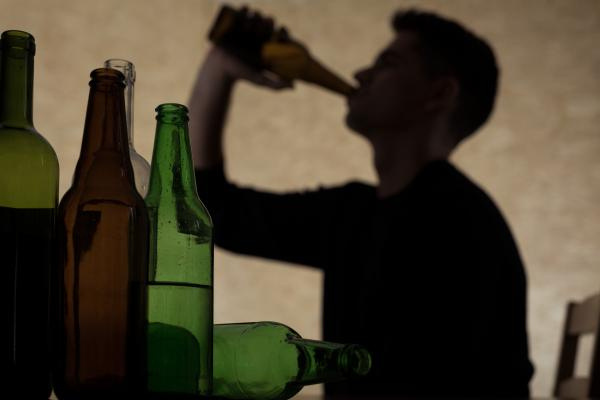
Three general steps are involved in treating the person with an AUD: intervention; detoxification; and rehabilitation, including relapse prevention.
1. Intervention
- Goal: Help patients recognize the adverse consequences likely to occur if they do not stop drinking
- FRAMES: giving Feedback on alcohol risks; emphasizing a person’s Responsibility for change; offering Advice; giving a Menu of options to consider; employing Empathy; and emphasizing Self-efficacy, or the ability to change.

2. Detoxification
- Withdrawal: For people who have alcohol use disorder, stopping their drinking is an important first step. This process, however, can bring about the unpleasant and potentially serious symptoms of alcohol withdrawal syndrome.
- Alcohol withdrawal develops because the brain adapted to the presence of this drug and cannot function adequately in the absence of alcohol. These include increased heart rate, sweating, anxiety, tremors, nausea and vomiting, heart palpitations, and insomnia. In more severe cases, people may also have seizures or hallucinations. This is managed through medications and vitamins under medical supervision.

3. Rehabilitation
- Counseling: Focuses on day-to-day life issues to help patients maintain a high level of motivation for abstinence and to enhance their functioning.
- Importance of the Family: AUDs affect many people in the patient’s life, and an important aspect of recovery involves helping family and friends understand more about AUDs and how rehabilitation is an ongoing process. Family counselling helps all involved to identify and face consequences of alcohol use in order to support reduction in or abstinence from alcohol consumption.
- Self-help groups (AA) and other 12-step programs. Provide peer support for people quitting or cutting back on their drinking. Combined with treatment led by health professionals, mutual-support groups can offer a valuable added layer of support.
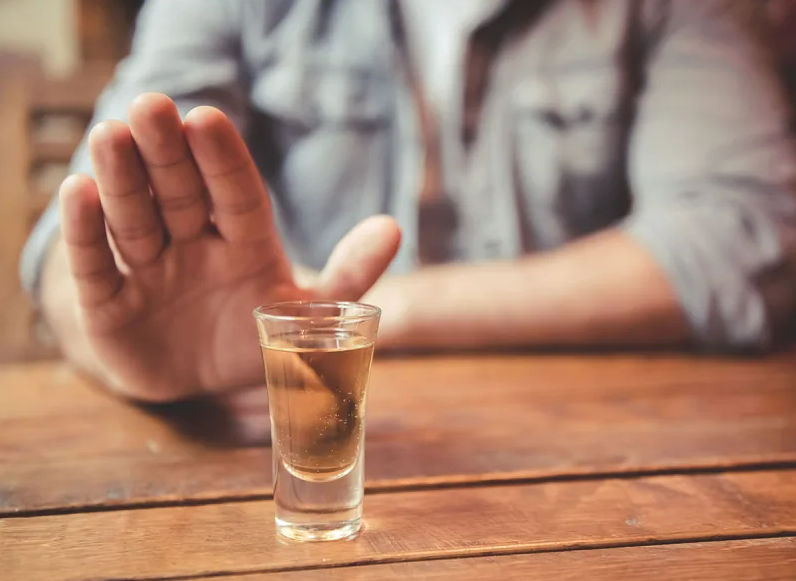
The prognosis for alcoholism
should not be considered hopeless.
As many as 30% of persons
with alcoholism stop drinking.
The relapse rate is 40%
among patients who have been sober for 2 years.
References
- Department of Health (2020). DOH launches mobile phone survery part 2 on NCDs. Retrieved from https://doh.gov.ph/press-release/DOH-LAUNCHES-MOBILE-PHONE-SURVEY-PART-2-ON-NCDs last May 20, 2023
- First, M. B. (2014). DSM-5 handbook of differential diagnosis. Arlington, Va., American Psychiatric Publishing.
- Sadock, B. J., Sadock, V. A., & Ruiz, P. (2015). Kaplan and Sadock's synopsis of psychiatry: Behavioral sciences/clinical psychiatry (11th ed.). Wolters Kluwer Health.
- Swahn, M. H., Palmier, J. B., Benegas-Segarra, A., & Sinson, F. A. (2013). Alcohol marketing and drunkenness among students in the Philippines: findings from the nationally representative Global School-based Student Health Survey. BMC public health, 13, 1159. https://doi.org/10.1186/1471-2458-13-1159
- Tree House Recovery PDX. (12 Nov. 2019). Alcohol Use Disorder. Retrieved from https://treehouserecoverypdx.com/
- Understanding Alcohol Use Disorder | National Institute on Alcohol Abuse and Alcoholism (NIAAA). (n.d.). https://www.niaaa.nih.gov/publications/brochures-and-fact-sheets/understanding-alcohol-use-disorder
- Western Oklahoma State College. (2019). Alcoholism. Retrieved from https://www.wosc.edu/index.php
- World Health Organization. (2023). Alcohol. Retrieved from https://www.who.int/news-room/fact-sheets/detail/alcohol last May 20 2023
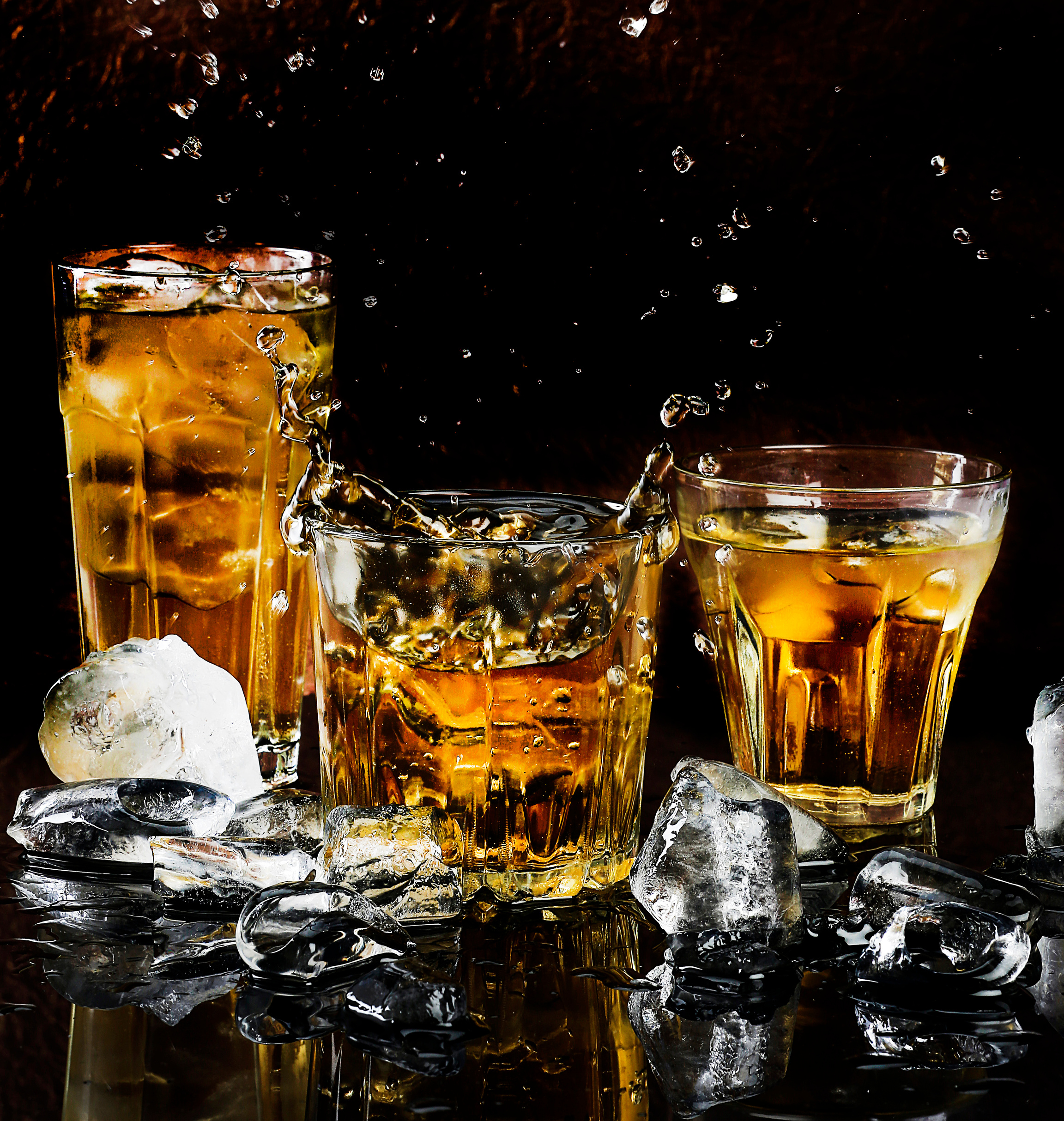
Subblock A1 & A2
ABDULLA, Jamil C.
ABIOG, Jerica Judith L.
ABUEL, Denissa Ly E.
ADORABLE, Hannah Joy B.
AGOOT, Raymund A.
ALILI, April Joy T.
ALVAR, Kyle Noreen C.
ARCEO, Aldrich L.
ARCIGA, Nirelle P.
ASUNCION, Dexter V.
AVELLANOZA, Kelly Chimberly R.